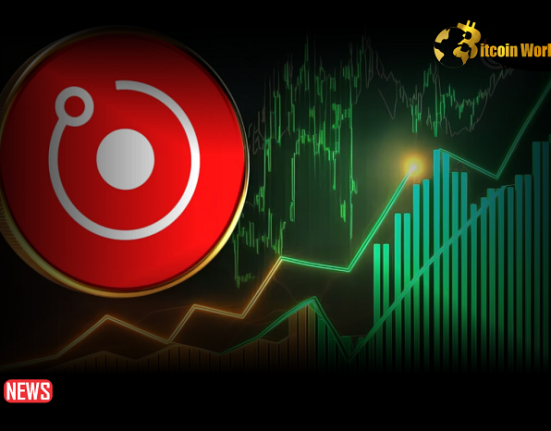The Federal Reserve (Fed) was established in 1913 as a central banking authority to manage the US economy and prevent financial catastrophes. It was created in reaction to a series of banking panics, with the primary goals of ensuring monetary stability and acting as a lender of last resort.
After a century, the institution is now met with mistrust. Is the Fed’s relevance waning in the face of ongoing and widespread economic turbulence?
The Great Recession and the COVID-19 epidemic are two recent examples of exceptional instability in the US economy. Opponents blame the Fed, claiming that its policies, such as low interest rates and monetary easing, have created economic uncertainty and widened the wealth disparity.
Proponents, on the other hand, argue that the central bank is still critical in guiding the country through turbulent financial waters, emphasizing its role in managing inflation and fostering employment.
When a crisis occurs, the Fed frequently employs quantitative easing (QE). This unusual method involves purchasing bonds in order to inject capital into the economy. QE is intended to lower interest rates and stimulate lending, so encouraging economic development. Yet, detractors contend that it has created asset bubbles and worsened income inequality because rising asset prices reward the wealthy disproportionately.
Furthermore, QE has increased the Fed’s balance sheet, increasing concerns about the long-term repercussions and the possibility of additional inflation. The recent bailouts of Silvergate and Silicon Valley Bank have added $300 billion.
On CNBC, Strike CEO Jack Mallers discusses the Federal Reserve’s shortcomings. The Fed’s independence from political interference has two sides. On the one hand, it promotes unbiased decision-making by ensuring that monetary policy is influenced by economic rather than political factors.
On the other hand, it raises questions about accountability and clarity. Some urge for a more democratically accountable central bank or enhanced congressional monitoring as unelected executives make decisions that have a significant impact on the US economy.
Alternatives would be required if the Federal Reserve were to be dismantled. Some advocate restoring the gold standard, which would bind the value of the US dollar to a fixed amount of gold. This strategy may lower the risk of inflation while restricting the government’s flexibility to respond to economic swings. Others call for rule-based strategies, such as the Taylor Rule, that use macroeconomic factors to influence interest rates. Yet, stringent adherence to such standards may reduce the flexibility required to deal with unexpected economic shocks.
As an alternative to the legacy banking system, cryptocurrency-backed monetary systems have been proposed. Proponents say that decentralized currencies, such as Bitcoin, provide greater transparency and are less vulnerable to manipulation. Yet, skeptics refer to cryptocurrency’s severe price volatility and environmental issues as important negatives.
International comparisons provide useful information. From the European Central Bank to the Bank of Japan, central banks around the world have received similar criticism.
In Europe, the ECB’s negative interest rates and quantitative easing policies have sparked debate, while the Bank of Japan’s vigorous monetary easing has raised questions about long-term viability. Analyzing their accomplishments and failings could help determine if the Fed should be altered or replaced.
The Federal Reserve issue is complicated and varied. Scrapping the organization would have serious consequences for the US and global economies, potentially leading to further financial instability.
Reforms may provide a more pragmatic approach, but reaching agreement on the most beneficial reforms remains a difficult issue. Improving transparency, strengthening democratic accountability, and using more focused policy instruments could all contribute to the Fed’s improved performance and trust.
Using clear communication techniques to improve transparency and manage market expectations is one potential improvement. The Fed has already taken measures in this direction, including as issuing forward guidance and holding news conferences following policy meetings. Nonetheless, additional efforts to clarify policy objectives and decision-making procedures could boost public trust.
Another reform option would be to reconsider the Federal Reserve’s dual mandate of maximum employment and price stability. Reassessing existing goals and even adopting new ones, such as focusing on financial stability or reducing income inequality, could better link the Fed’s mission with current economic issues.
Also, investigating novel policy tools could be beneficial. Central banks around the world have experimented with novel policies such as negative interest rates and yield curve control. While these measures are not without debate, they show a willingness to experiment in the search of economic stability. The Fed might benefit by researching and implementing creative solutions that best serve the interests of the US economy.
Finally, assessing whether it is time to abolish the Federal Reserve involves comprehensive analysis, open discussion, and a willingness to experiment with new alternatives. The US (and global) economy’s future depends on striking a careful balance between stability and adaptation.














